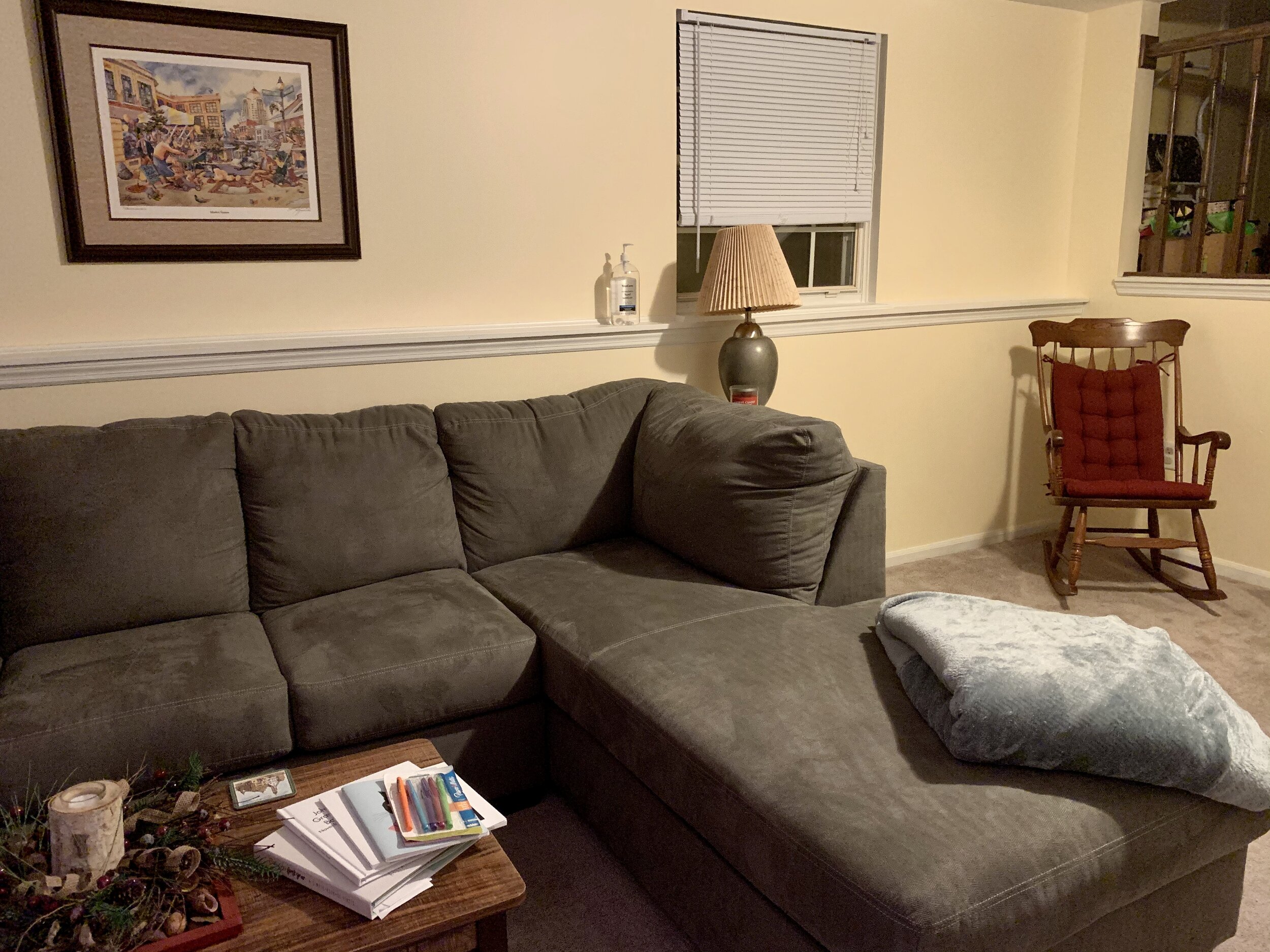Tinkercad
/As you read this title you probably thought 1 of 2 things:
Yes, I love Tinkercad! I wonder what she has to say about it? (Because you already know what this awesome tool is!)
What in the world is this? Mhhmm tinker? We tinker as we’re learning in the classroom, so it must have to do with building something.
While that second thought isn’t entirely wrong, Tinkercad is so much more than just building something. Have you head of a CAD system before? It stands for Computer Aided Design system. Architects, drafters, and engineers use these types of systems to help them draft, design, modify, and optimize new structures to be built. Back in 2010, a former Google Engineer, Kai Backman, wanted to make 3D-design accessible to the general public. With that in mind, Tinkercad was born. And the best part? It’s all free!
Tinkercad is an easy to use system that allows anyone, as young as elementary school, to be introduced to creating objects in 3D. In the system there are tutorials that breakdown how to create 3D objects to be printed. The overall system allows students a visualization to go from their 2D-drawn designs to something that is 3D and can be printed using a 3D-printer. On their system students can build anything they want, simulate the programming of electronics, as well as design through code in their code blocks. Through these hands-on learning opportunities, students as young as 5 years old can use Tinkercad and it will grow with them as they become more comfortable.
I use Tinkercad every year to expose students to other STEM career fields. With the growing market of 3D-design and using CAD systems in a variety of careers, my students are offered opportunities to expand their horizons. When I was going to school I had never even heard of CAD. Architects were just people who designed things. I had no concept of what exactly they designed and how they designed it. However, with Tinkercad my students are getting this exposure early on and that is so important to ensure that they are lifelong learners who are career ready.
Do I have you hooked? Are you ready to dive in yourself? And guess what - even if you don’t have a 3D-printer your students can still design, manipulate objects, and create plans on in Tinkercad!
























